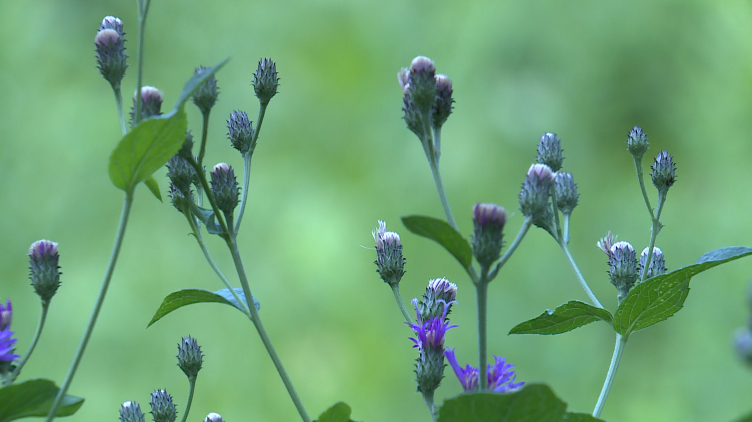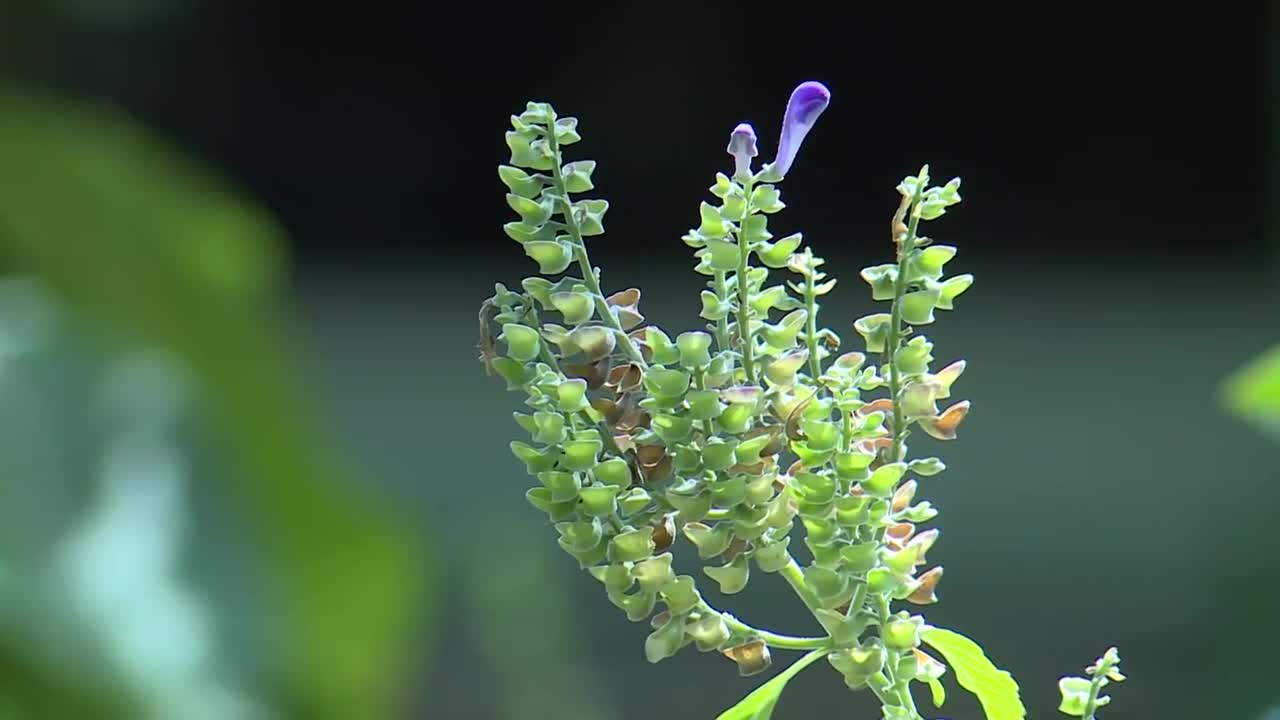KSHB 41 anchor/reporter JuYeon Kim covers agricultural issues and the fentanyl crisis. Share your story idea with JuYeon.
—
Missouri has more than 200 edible plants and fruits that are native to the state.
According to conservation educator Ginger Miller with the Missouri Department of Conservation, foraging is good for the environment, good for people, and good for wildlife.

“When we can work with nature on our solutions, then we won’t have to use as many sprays and other things. We won’t have to water things as much, and all of those pollinators will absolutely love all the native plants around us,” Miller said. “At least half of what you eat could be supplemented with wild plants.”

Foraged food is five to seven times more nutrient-dense than produce we buy at the grocery store. Not to mention, it is also cheaper, making it a great lifestyle choice for self-sufficiency.
Certain plants, fruits and seeds can be used as food, preservatives, spices and even medicine.

Miller believes edible plants and fruits in our region are nature’s gift, and the knowledge of what to eat and when to eat it is a gift passed down from our ancestors who foraged and hunted.
“Once we stop doing that for a couple of generations, it’s really hard to get back into that because where do you get the tools to, you know, like reclaim that part of your history,” Miller said.

Over generations, Miller says we strayed away from foraging because of two big reasons: advancements in agriculture and the evolution of our taste buds.
Instead of eating hundreds of plants, we now eat dozens. And that comes at a cost.

“We’ve become disconnected from nature, and that’s a lot of the health problems that we see or are associated with that,” Miller said. “With our commercial crops, a lot of the nutrients have been bred out of those plants.”
For those wanting to try foraging, the Missouri Department of Conservation has published a free PDF file on its website featuring pictures and descriptions of fruits and plants safe to forage in the region.
Interested parties can also sign up for free, guided foraging classes through MDC.
Federal, state, city and county lands each have their own regulations and guidelines when it comes to foraging, so downloading the MO Outdoors app can help explorers look up natural areas around them that allow it.

“I think the main thing is, when you are starting out, to just take one plant at a time and learn everything about that plant, and explore that plant, observe that plant. Start with something that grows around, right around where you live,” Miller said.
—





